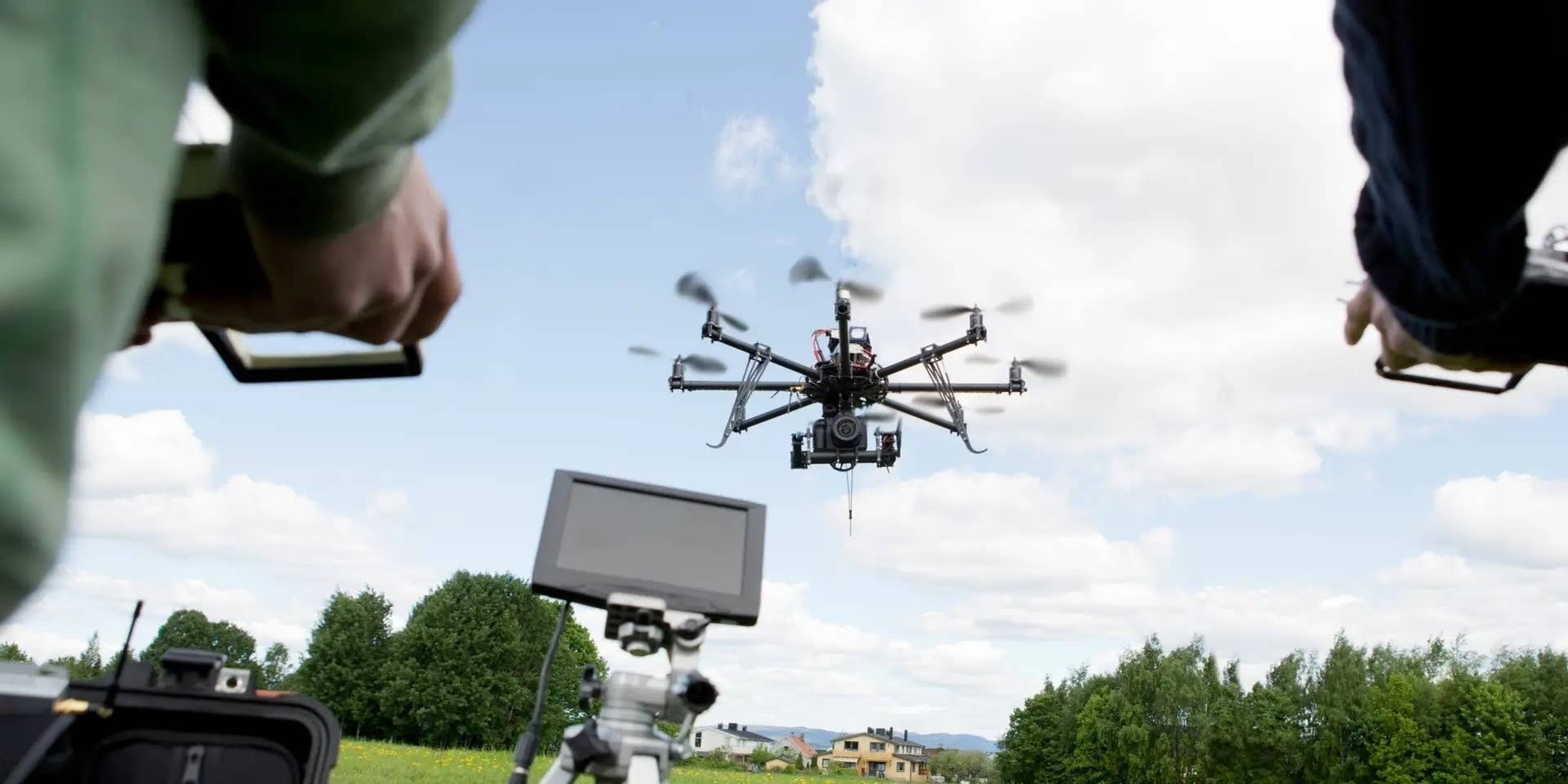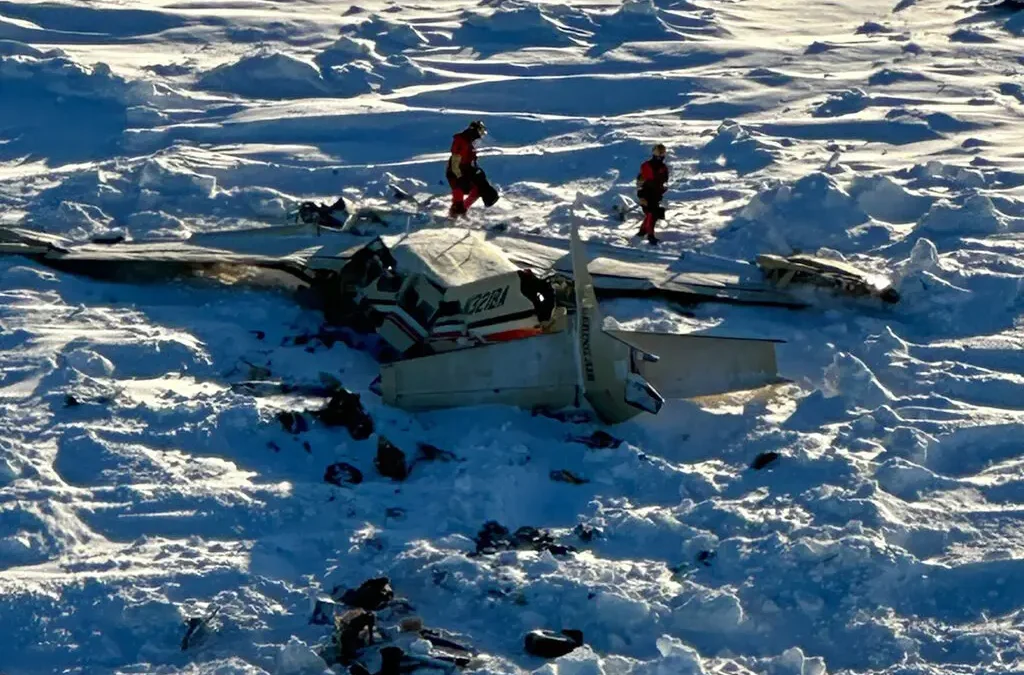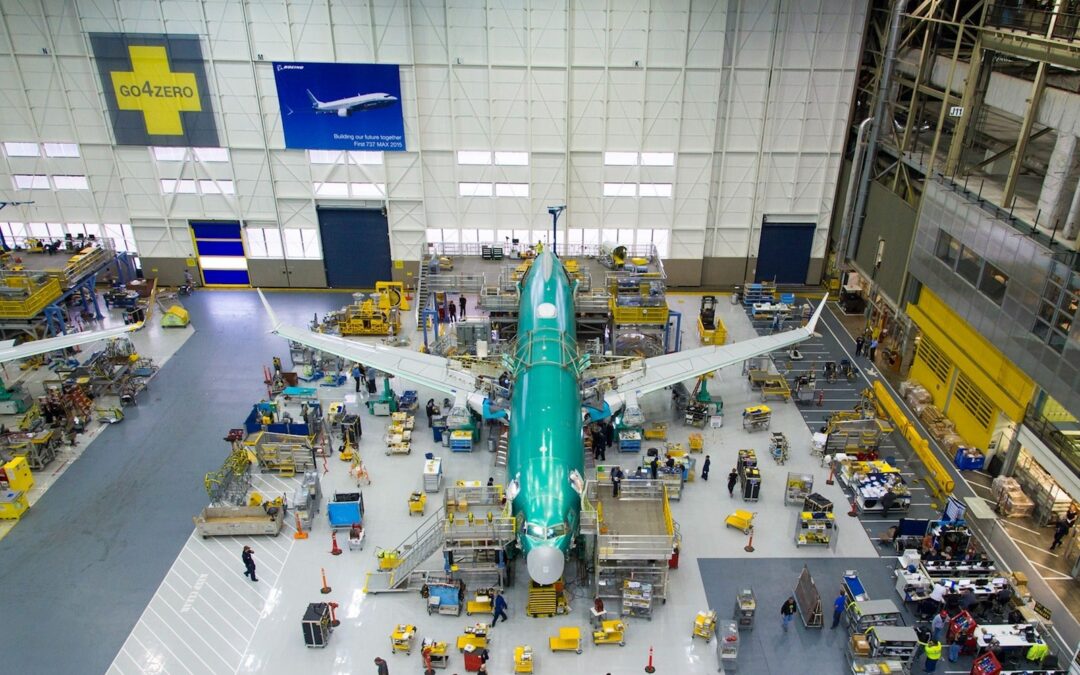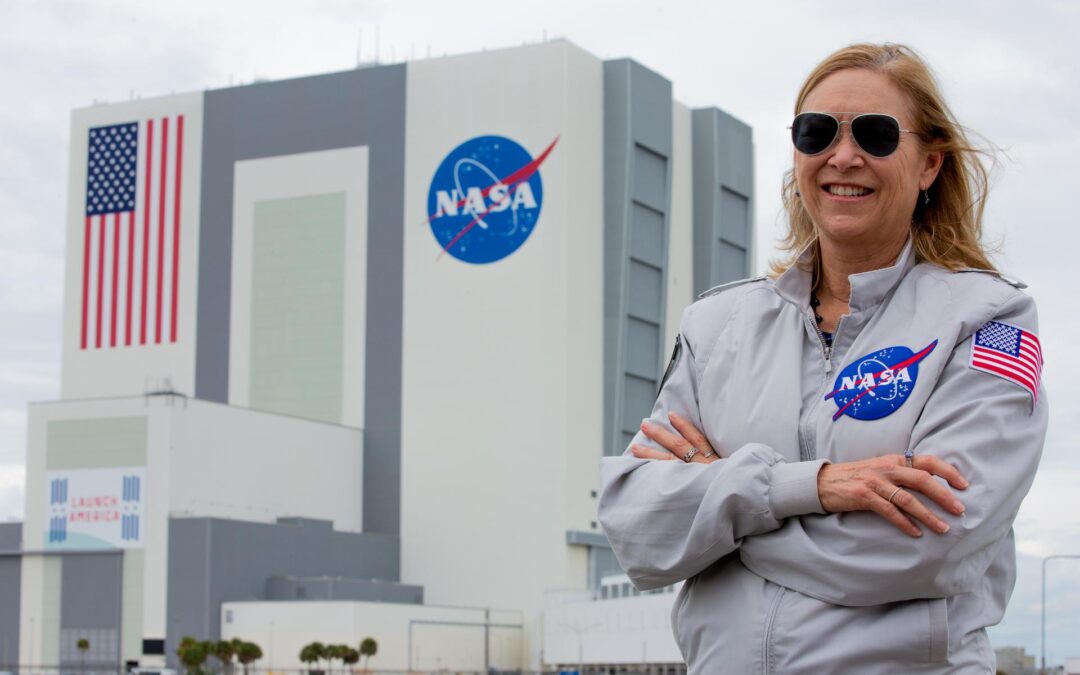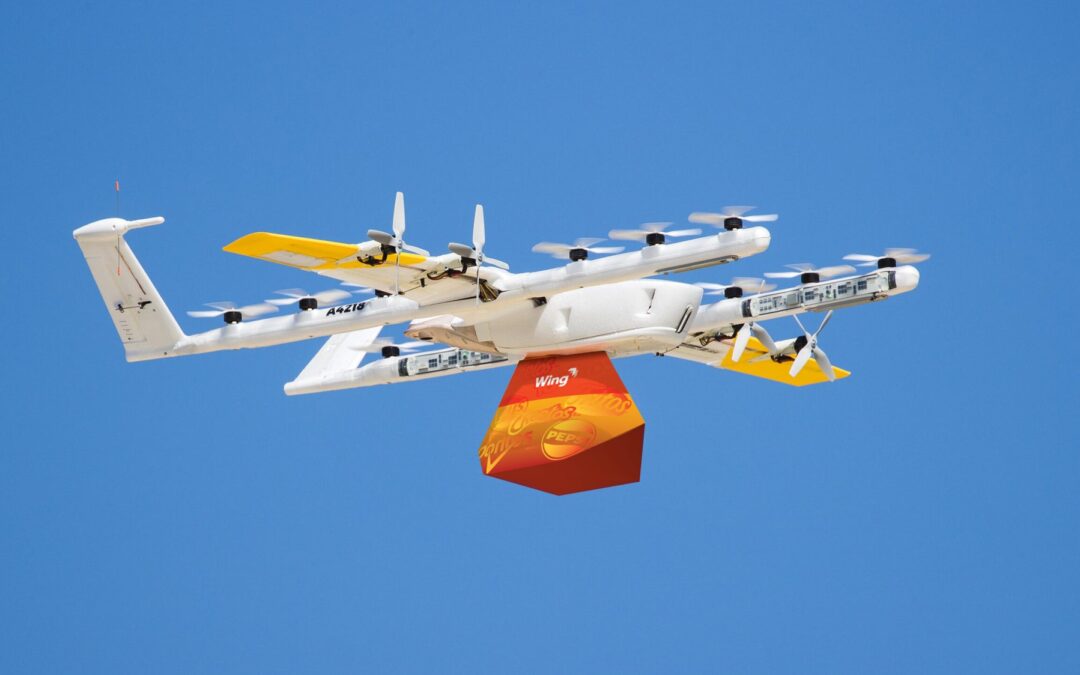When I first started flying drones around 2015, I wasn’t much of a photographer. At the risk of dating myself, I had certainly dropped off my fair share of film rolls at Fotomat over the years, but I knew nothing about ISO, aperture, and shutter speed.
While flying one of my first drones in Montana, I took a picture of a field that ended up being published in a statewide magazine. It was one of the first photos I had ever made money off of.
The sale of my photo to the magazine taught me that with drones just about everyone can be a good photographer. Since those early days of flying, I have learned the craft and become a professional photographer, but with the high-quality cameras available on drones, it’s even easier now to capture amazing photos and videos without any knowledge of the art of photography at all.
Drones are becoming more and more popular, and a big part of that is the camera. Drone cameras are essentially data collection tools. They mainly collect images and videos, but they can collect all sorts of data types, from standard RGB camera images to thermal images, lidar point clouds, and multispectral images. For most people, the standard RGB camera is what they think of. It’s sometimes referred to as the payload.
The camera is what allows the drone to capture those amazing shots we all like to see in the latest blockbuster movies or those stunning aerial views that grace the pages of our favorite magazines. Additionally, that same camera can inspect utilities, map construction sites, conduct surveillance, or count the number of plants in a farmer’s field.
If any of these applications interest you, you’ve come to the right place. You can get the most out of these applications and more if you learn about drone camera basics.
Exploring Drone Camera Types: Integrated, Interchangeable, and Specialized Options
The best place to start when developing an understanding of drone cameras is to introduce the types of cameras out there. There are many ways to categorize drone cameras, but the easiest is by how they connect to the drone and their purpose. The following three categories are an excellent way to break down drone cameras:
- Integrated cameras
- Interchangeable lens cameras
- Specialized cameras
Integrated cameras are essentially cameras built into the drone. They are not meant to be removed except by a qualified technician. These types of cameras are designed to maximize the performance capabilities of the drone and are perfectly paired together as they were designed to be a single complete system. This type of camera is what you find in most consumer drones below the $3,000 price point.
- Pros: Integrated cameras are small, easy to operate, and optimized for the drone’s flight dynamics. Most also come with gimbals and software to aid in stabilization.
- Cons: You will have little freedom to customize this camera other than adding ND filters to it. There will be no upgrades, and if the camera is damaged, it is expensive to fix, and in many cases, it’s easier to just buy a new drone.
Examples: There are lots of drones with integrated cameras on the market, but here are two of the best:
- DJI Mavic 3 Pro: Features a triple-camera system, including a 4/3 CMOS Hasselblad sensor for high-quality imaging.
- Autel Evo Lite+: Equipped with a 1-inch CMOS sensor and adjustable aperture, providing excellent low-light performance.
Interchangeable lens cameras are designed to allow users to switch between different cameras or payloads. This provides greater flexibility for pilots and photographers to capture the data they need. Camera drones with interchangeable lenses are typically more expensive and used by pilots in fields like professional filmmaking or other industries that require high-end photography.
- Pros: Greater flexibility, selection of the best lens for the job (wide-angle, zoom, fish-eye, macro, etc.), and higher image quality potential.
- Cons: Added weight, more expensive, and setups are more complicated.
Examples: Camera drones with interchangeable lenses are more expensive, with the cameras sometimes costing more than the drone itself. If you are looking for this type of setup, make sure to budget the cost of the drone and several payloads.
- DJI Inspire 3: Supports the Zenmuse X9 full-frame camera with interchangeable lenses, making it ideal for professional cinematography.
- Matrice 350 RTK: A versatile enterprise drone that supports interchangeable cameras, including high-resolution, thermal, lidar, and multispectral sensors for mapping, inspection, and public safety applications.
The final category is specialized cameras. These types of payloads include thermal imaging cameras, lidar sensors, and multispectral cameras. They can be integrated or interchangeable depending on the design of the drone. Pilots using these cameras are looking to do specialized work such as thermal inspections of utility infrastructure or critical public service functions like search and rescue operations.
- Pros: Specialized cameras provide unmatched data for inspections and analysis on complex drone gigs.
- Cons: These are the most expensive cameras and typically require the pilot to have extensive training so that they can capture and interpret the data correctly.
Examples: There are several drones that fit into this category. They can range in cost from just a few thousand to hundreds of thousands of dollars.
- Autel Robotics Autel Alpha: A professional-grade drone equipped with interchangeable cameras, including high-resolution RGB, thermal, and multispectral sensors, making it ideal for cinematography, industrial inspections, and mapping applications.
- DJI Matrice 350 RTK: Supports lidar, multispectral, and high-zoom optical cameras for mapping, surveying, and industrial applications.
Essential Drone Camera Specs and Features
Let’s dig into camera specifications and features. Paring what you want to do with a camera drone and the specs and features of cameras is how you will select the ideal setup for your needs. The perfect camera for you will match your performance needs, whether that is for ultra-high-end video recording capabilities or thermal imaging that can detect a lost person out in the wilderness. Here are the main features to consider:
- Sensor size
- Resolution (megapixels)
- Lens aperture (f-number)
- Field of View (FOV)
- Frame rate
- ISO range
- Dynamic range
- Image stabilization
- Video formats and codecs
Sensor size is all about image quality. Larger sensors capture more light, making it easier to take pictures in low-light conditions. Typical drone camera sensor sizes include 1/2.3 inch (standard in entry-level drones), 1 inch (popular in prosumer models), APS-C, and full-frame sensors (top-of-the-line drones have these). Larger sensors also reduce noise, which enhances the detail of the images.
Most of us are familiar with megapixels or the resolution of cameras. When it comes to resolution, it’s important to remember that bigger isn’t always better. There needs to be a balance between resolution and sensor size. Good camera drones typically have 20MP to 48MP matched with the sensor sizes listed above.
Aperture is a measure of how much light is allowed to enter the lens. If you have ever looked at digital camera settings, you’ve probably seen the f-numbers (e.g., f/2.8, f/5.6). A low f-number is good for low-light conditions, while a high f-number increases the depth of field, making it ideal for landscape photography.
- RELATED: Best Drones for 2025
If you have ever switched between a standard lens and wide-angle lens, you are changing the camera’s field of view (FOV). Different lenses will be designed to capture a wide or narrow FOV. Make sure you consider this before buying a drone camera. A narrow FOV is ideal for zooming in, while wide-angle lenses are best for landscapes.
The frame rate (frames per second, or fps) is the frequency (rate) at which consecutive images (frames) are captured or displayed. Standard rates include 24fps (cinematic look), 30fps (standard video), and 60fps (smooth motion). Higher frame rates (e.g., 120fps or 240fps) allow for slow-motion footage, which is useful for action shots.
To control a camera’s sensitivity to light, you adjust the ISO range. A higher ISO helps in low-light conditions but increases noise (graininess). A wide ISO range (e.g., 100-12,800) provides flexibility, but balancing ISO with lighting conditions is crucial for maintaining image quality.
- RELATED: Best Racing Drones
Dynamic range determines how well a camera captures details in both bright highlights and dark shadows. A wider dynamic range allows for more natural-looking images with rich detail, especially in high-contrast environments such as sunsets or bright landscapes.
When it comes to camera drones, image stabilization is really important. The drone is going to feel the effects of the wind and vibrations of the propellers spinning. Without stabilization, there would be no way to get those crisp images from above. Look for drones that have three-axis gimbals supporting the camera or at least stabilization software.
Finally, we come to video formats and codecs. Drones record in different formats, such as MP4 and MOV, and use codecs like H.264 and H.265 (HEVC). H.265 offers better compression while preserving quality, making it ideal for high-resolution video storage and editing. Choosing the right format depends on storage capacity, editing workflow, and playback compatibility.
If you make sure to consider these specifications and features, you’ll be sure to select the perfect camera and drone combination for your needs.
Mastering Drone Camera Settings for Optimal Shots
There are a few other things to consider if you really want to capture shots like the professionals. Many drones now have auto settings that make it easy to get a decent picture in just about every situation. But, if you want to get professional-level shots, you need to understand how to turn off the auto settings and manually set up your drone’s camera. Here are a few things worth learning how to manually adjust.
- White balance
- Exposure compensation
- Shutter speed
- Focusing
White balance helps with accurate color reproduction by adjusting for different lighting conditions. Most drones offer presets like daylight and cloudy, but using custom white balance allows for fine-tuned adjustments, preventing color casts in different environments.
Exposure compensation (+/- EV) helps brighten or darken images without fully switching to manual mode. Adjusting exposure is useful in high-contrast scenes where auto settings may under or overexpose parts of the image.
Shutter speed controls how long the camera’s sensor is exposed to light. Faster shutter speeds (e.g., 1/1000s) freeze motion, ideal for capturing sharp aerial shots, while slower speeds (e.g., 1/30s) allow more light but may introduce motion blur, useful for cinematic effects.
Drones offer auto and manual focus modes. Auto focus works well for general use, but manual focus is crucial for precision shots, such as landscapes or low-light scenes where auto focus may struggle.
Quick Tips and Things To Research
Here are a few tips and some things to research if you want to take drone camera basics to the next level.
Good camera composition is a combination of planning and technique. Look up helpful tools like the rule of thirds and leading lines. Sometimes, you can get lucky and get an amazing shot without trying.
But if you really want great shots, especially the kind you can sell, you will need to plan for it. Consider the location, equipment, time of day, and how that changes lighting conditions, and never forget about checking the weather.
While modern drones make flying and capturing images and video reasonably easy, if you really want to stand out from what others are doing, you must understand camera basics. Take the time to play with camera settings and see how it changes the results. In no time at all, you will be taking awe-inspiring shots and jaw-dropping videos for fun and profit.
FAQ
What’s the best drone camera setting for low-light photography?
A larger sensor, wide aperture (low f-number), lower shutter speed, and a balanced ISO setting (to minimize noise) will help achieve clear, well-lit shots in low-light conditions.
How do I reduce motion blur in my drone photos and videos?
Use a higher shutter speed for photos and match your frame rate with the correct shutter speed (e.g., 1/50s for 24fps video) to ensure smooth footage.
Do ND filters improve drone photography?
Yes. Neutral density (ND) filters help control exposure in bright conditions, allowing for smoother video and better-balanced photos, especially when filming in direct sunlight.
The post Learning Drone Camera Basics appeared first on FLYING Magazine.

